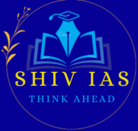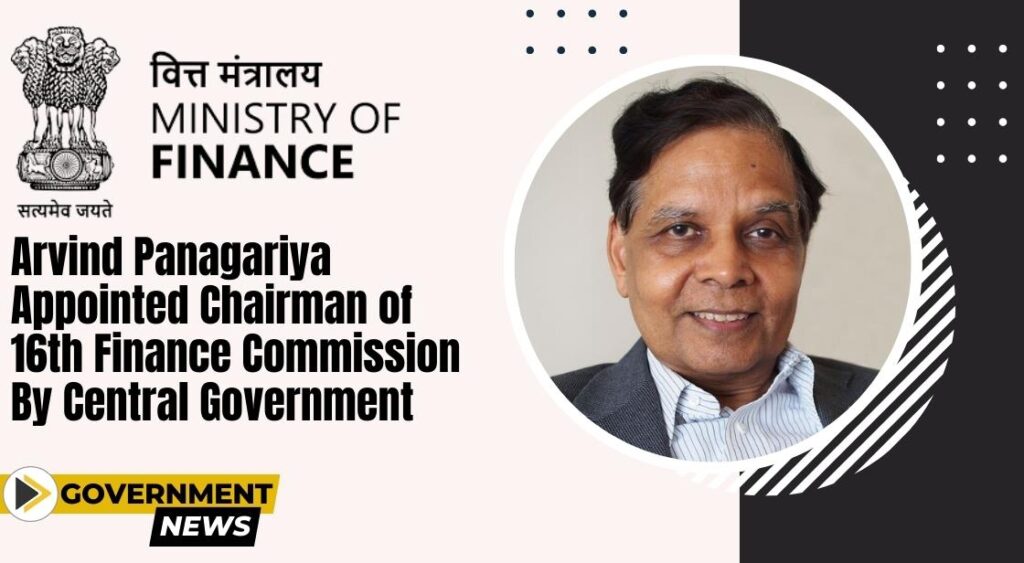Editorial Source: Indian Express “Remembering independent India’s ‘Jallianwala Bagh’: The Kharsawan massacre of 1948”
Context: On January 1, 1948, the town of Kharsawan present-day in Jharkhand witnessed a massacre similar to Jallianwala Bagh in 1919. Here Police opened fire at a crowd gathered for a protest and the weekly haat (market), killing hundreds, or by some accounts, thousands of Adivasis.
Background: Kharsawan Massacre of 1948
- In 1912, the Partition of Bengal Presidency led to creation pf New Bihar and Orissa Province.
- Within this new province, there existed a large Adivasi population with its own distinct culture. Adivasis sought recognition and autonomy due to distinct cultural grievances and dissatisfaction with British and non-tribal governance.. Thus, in 1912, the demand for a separate tribal state was raised for the first time at St Columba’s College, Hazaribagh.
- The Simon Commission Report deemed Bihar and Orissa the most artificial Indian province, as it unified three distinct areas with varying physical, social, linguistic, and cultural characteristics under a single administration.
- In 1936, Orissa was carved out, but Adivasis’ demands remained unheard.
- In 1938, the Adivasi Mahasabha was formed to continue the struggle, with Jaipal Singh Munda, former captain of the Indian hockey team, emerging as its tallest leader.
The Problem of Kharsawan’s Merger with Orissa
- Kharsawan was a small princely state lying to the west of Jamshedpur.
- At the time of Independence, Kharsawan, with 24 other princely states in eastern India, decided to accede to the Union of India and join the state of Orissa.
- After all, Kharsawan and neighboring Saraikela (which today form the Seraikela Kharsawan district in Jharkhand) had more Odia speakers than Hindi speakers.
- However, most Adivasis did not support this merger. They also did not want to join Bihar — the alternative option.
- They wanted a separate Adivasi state.
The Kharsawan Massacre of 1948
- Protest on the Merger Day: In protest, a huge meeting was called at Kharsawan on January 1, 1948, the day when the merger was to take place. Jaipal Munda himself was supposed to be present and address the crowd (however, due to some reason, he could not come) and more than 50 thousand tribals gathered in Kharsawan. This was also the day of the weekly haat in the town many more were shopping at the nearby haat.
- Orissa military police had taken charge of law and order in the town.
- It opened fire at the crowd gathered for a protest and the weekly haat (market), killing hundreds.
The Unheard Pain of Kharsawan Massacre of 1948
- High Death Toll: The dead bodies were disposed of in a well and dumped in the jungle, and many injured were denied treatment until the next day.
- The then Orissa government confirmed only 35 dead. However, actual numbers are likely to have been far higher. In Memoir of a Bygone Era (2000), PK Deo, stated that at least 2,000 Adivasis were killed, and many more were likely injured.
- No Clarity till Now: As to who was responsible for ordering the massacre, there is also no clarity. Several committees were made and investigations carried out, but no report came out.
Conclusion:
Today, a memorial sits in Kharsawan’s marketplace, which some have described as a “political pilgrimage” destination.It is, nevertheless, a reminder of the Kharsawan Massacre, which India endured throughout its transition to independence, as well as the suffering and concerns of tribal rights and acknowledgment throughout history.
| Mains Question: The Kharsawan massacre on January 1, 1948, was a terrible event associated with the desire for a separate state of Jharkhand. Discuss the context of this unfortunate occurrence in light of this. How were tribal grievances addressed?(15 marks, 250 words) |

